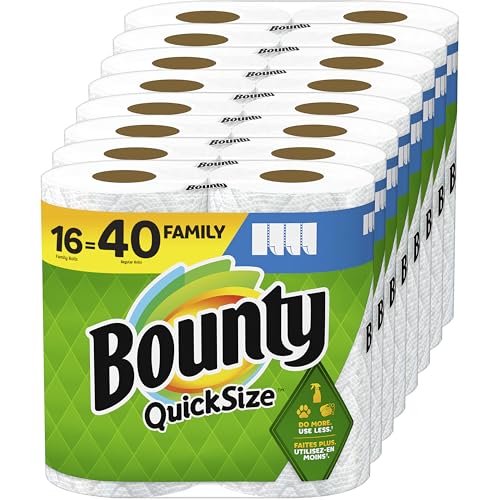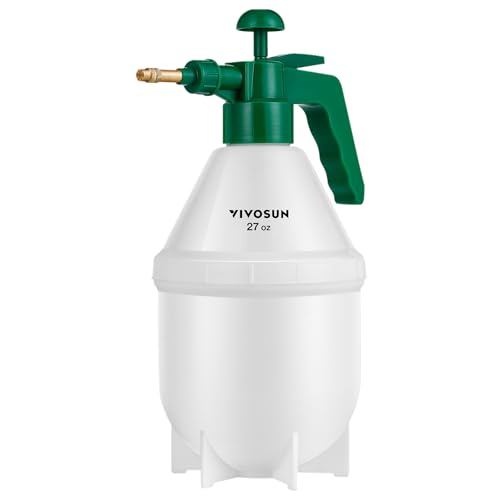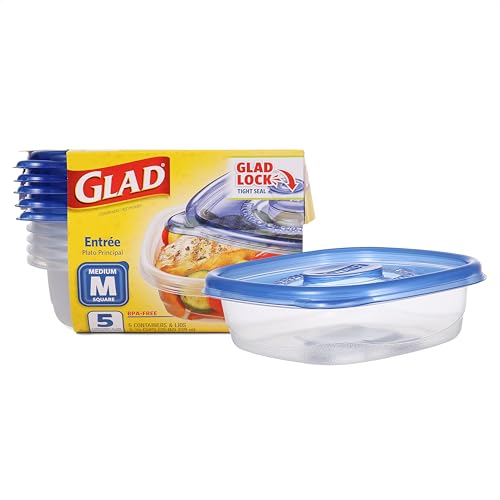This quick and easy way to test seed viability will save you so much time and effort in the garden
There is a simple way to test seed viability using only a damp paper towel
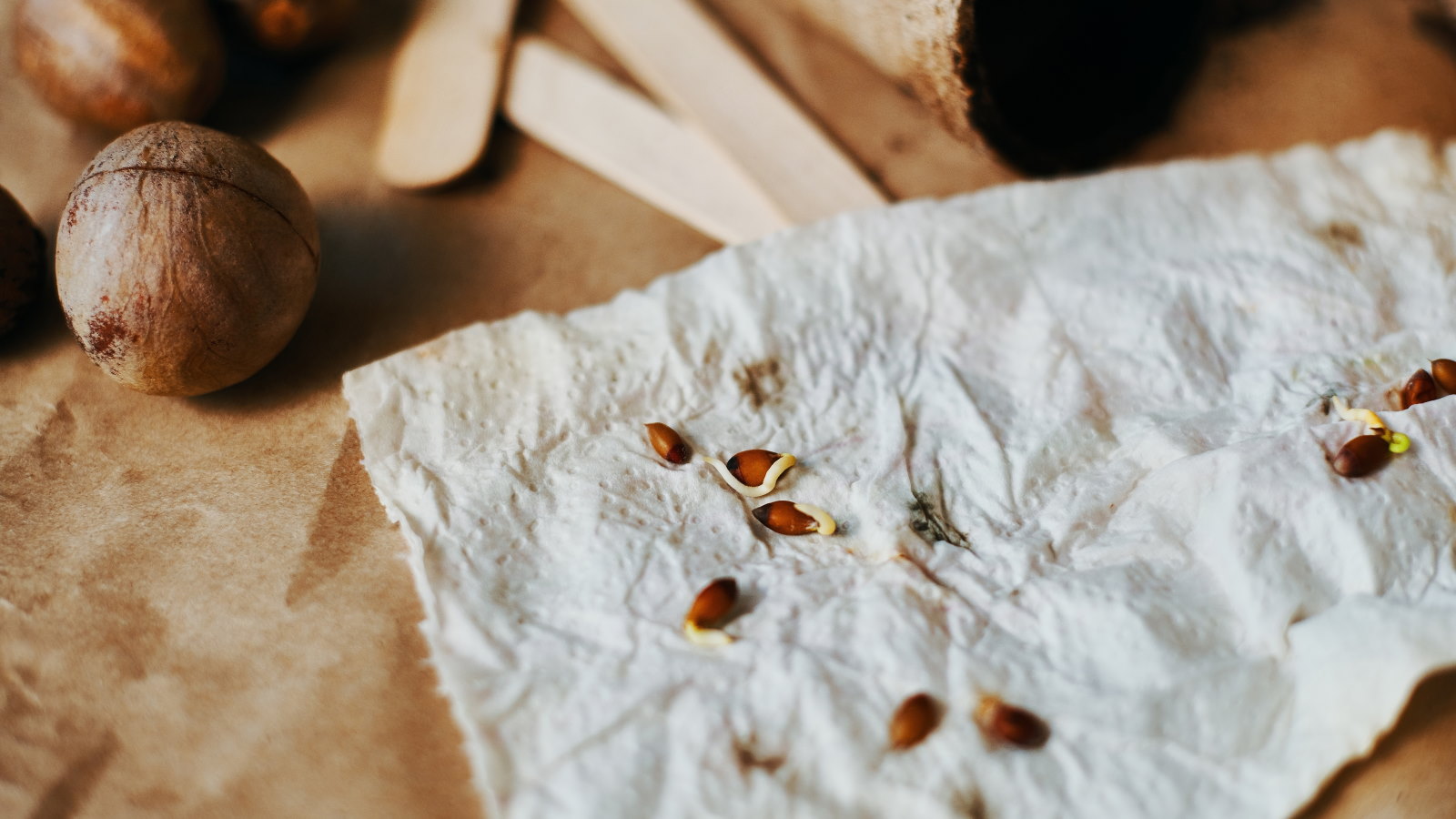

All gardeners have leftover seeds and old packets from seasons gone by. A lot of time you can plant old seeds without any problem. However, seeds don't have a long shelf life and it can save you time and effort by doing a quick and easy test for seed viability using a damp paper towel.
The viability and how long you can store seeds varies depending on the type and how well the seeds are stored. Some need to be used within a year, while the germination rates of many seeds will start to deteriorate after two or three years. However, you hear stories of gardeners having luck with sowing seeds decades later.
Seeds will not expire, but their viability, and the chances of successful germination, will drop year on year. Why make the seed-sowing mistake of taking a chance with an older seed destined to fail when you can quickly test seed viability using this easy method?
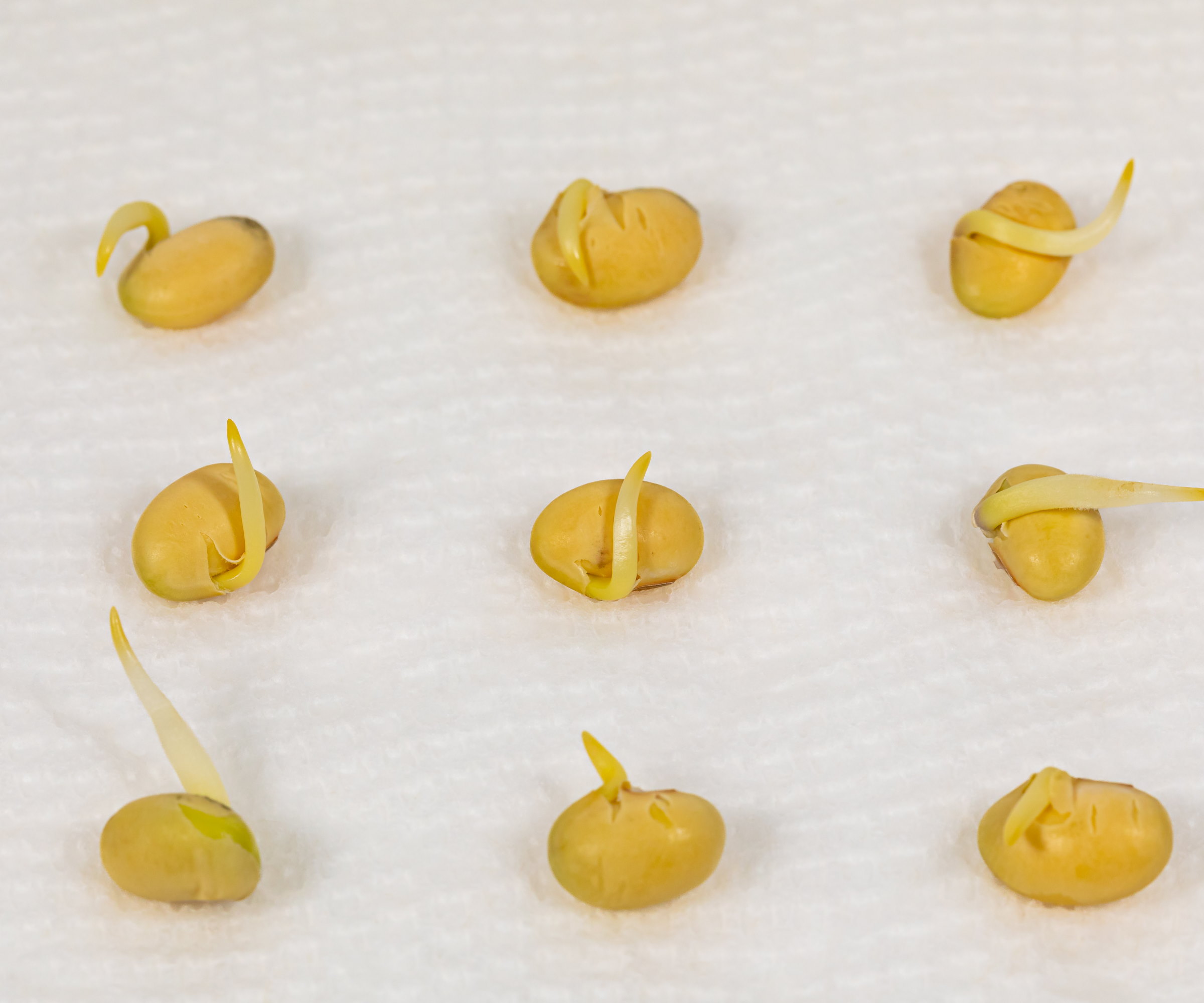
A simple home test for seed viability
I have used this method to test seed viability at home to help me decide if I needed to replace seed packets that were only part-used in previous years. It is simple and can be done with any flower, vegetable, or herb seeds.
How to know whether to test seed viability
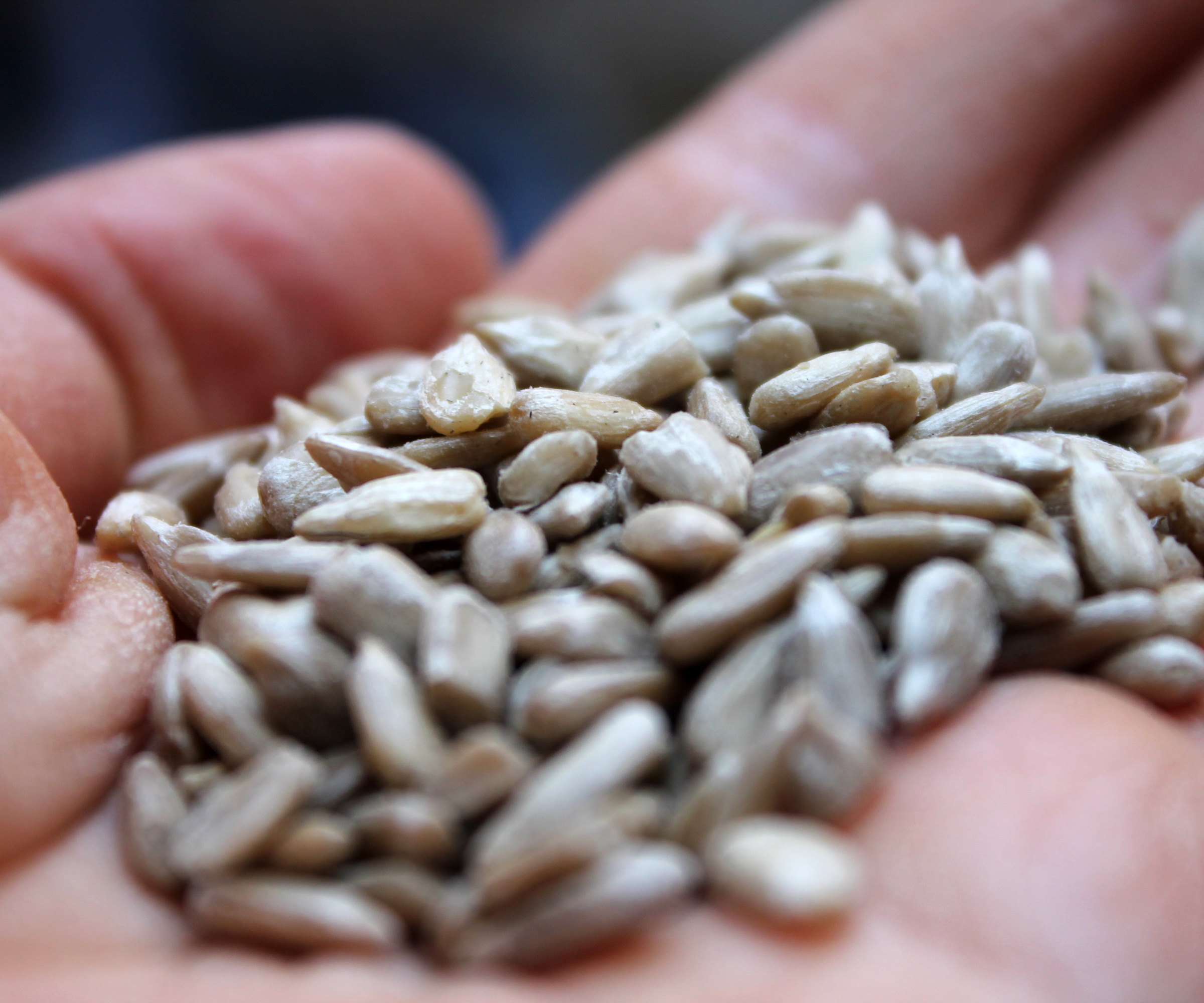
This simple germination test for seed viability takes some guesswork out of sowing seeds indoors or outdoors. You no longer need to waste time with seeds that will not have a good germination rate. You do not need to test all your seed packets at the start of the season, just those that are older and may have been hanging around for a few years.
Whether the seeds are viable depends on their age and how seeds are stored. Some common seed storage mistakes include storing seeds at too hot a temperature or storing them in plastic packets - which will affect their germination rate or encourage the seeds to go mouldy.
Taking time to test seed viability in winter is worthwhile to help you decide whether you can use existing packets or need to order new seeds for the season ahead. An effective way to test seed viability, and a common method of testing the viability of seeds, can be done at home using the following common household items:
- Seeds
- Paper towel
- A plastic container or bag
- A plate or tray
How to test seed viability in 6 simple steps
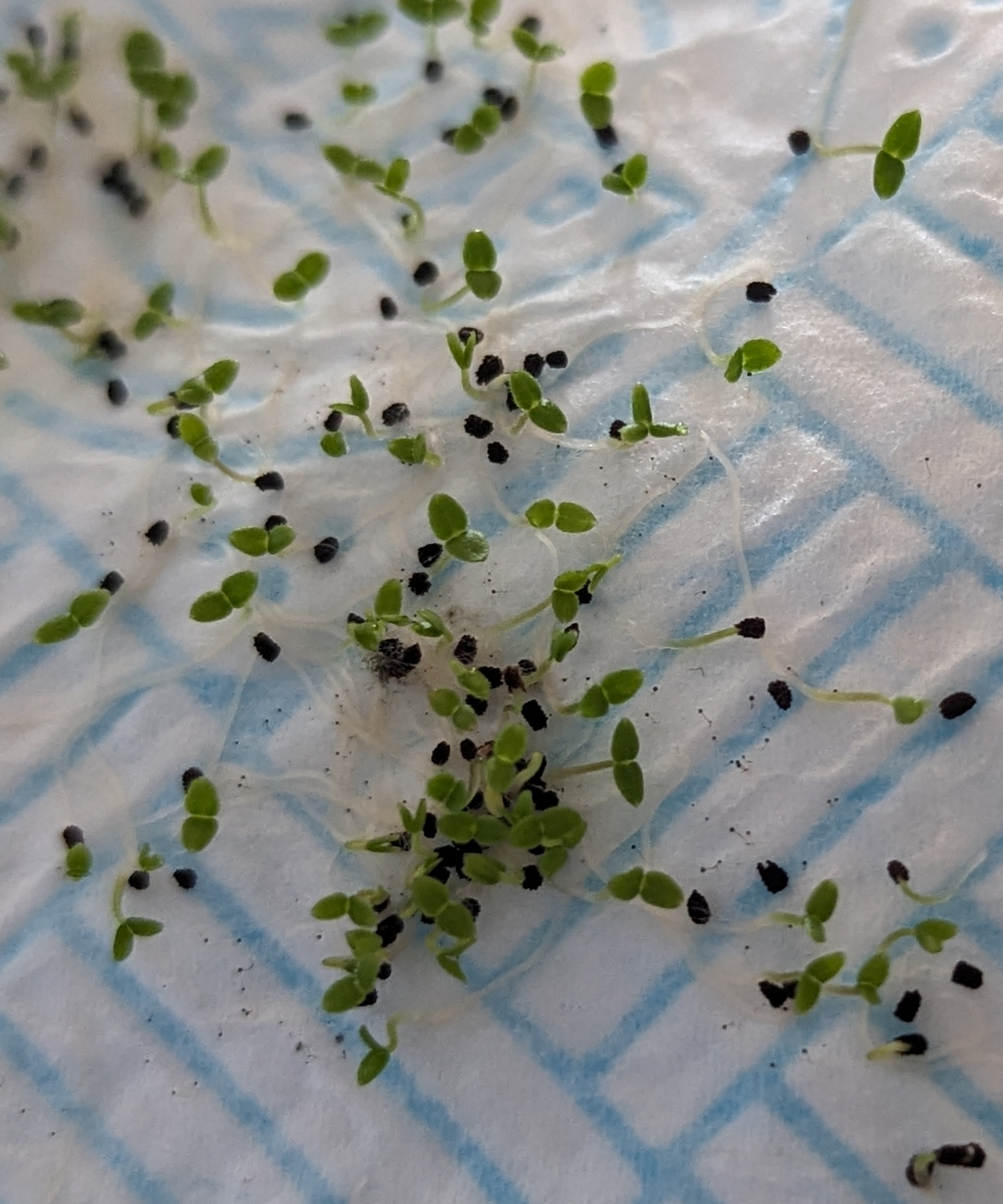
- Spray a piece of paper towel with water to dampen it
- Take a pinch of the seeds you wish to test and sprinkle them over the damp towel. Different types of seeds can be sown in rows on one piece of towel, or put on separate towels - make sure to label the seeds to avoid potential confusion
- Place the paper towel onto a plate and cover with a plastic bag or plastic wrap. Alternatively, the paper towel can be put into a plastic container and sealed
- Put the plate or container in a warm place indoors
- Check the paper towel and do not let it dry out - spray it with water to keep moist but not too wet
- Keep a close eye on the seeds to see signs of germination. Most seeds should take 10-14 days to sprout.
Hopefully, most of the seeds germinate and show the packet is viable. The germination rate reveals how likely the seeds are to sprout when you sow them. A less than 100% rate means you should sow more seeds to get the desired results. If less than 50% of the seeds germinate, consider whether you would prefer to sow more and hope for a decent germination rate or get new seeds.
The seeds that did sprout as part of the viability test should not be wasted and can be planted into pots filled with compost or directly into the ground.
FAQs
Will good seeds float or sink?
An alternative and quicker way to test seed viability is to pop the seeds into a container filled with water. Good seeds will sink to the bottom, while bad seeds float and are unlikely to germinate. This sink-or-swim test is more suited to larger seeds but is not as reliable a way to test seed viability as the damp paper towel method outlined above.
Taking time to test the viability of older seeds is a good step to prepare for seed sowing ahead of spring. It is also advisable to clean your seed trays and pots before sowing and make sure you have fresh seed compost to sow into.
Older opened bags of seed compost could contain bacteria or spores that impact germination or lead to damping off and mold on seedlings.
Sign up to the Homes & Gardens newsletter
Design expertise in your inbox – from inspiring decorating ideas and beautiful celebrity homes to practical gardening advice and shopping round-ups.

Drew’s passion for gardening started with growing vegetables and salad in raised beds in a small urban terrace garden. He has worked as a professional gardener in historic gardens and specialises in growing vegetables, fruit, herbs, and cut flowers as a kitchen gardener. That passion for growing extends to being an allotmenteer, garden blogger, and producing how-to gardening guides for websites. Drew was shortlisted for the New Talent of the Year award at the 2023 Garden Media Guild Awards.
You must confirm your public display name before commenting
Please logout and then login again, you will then be prompted to enter your display name.
-
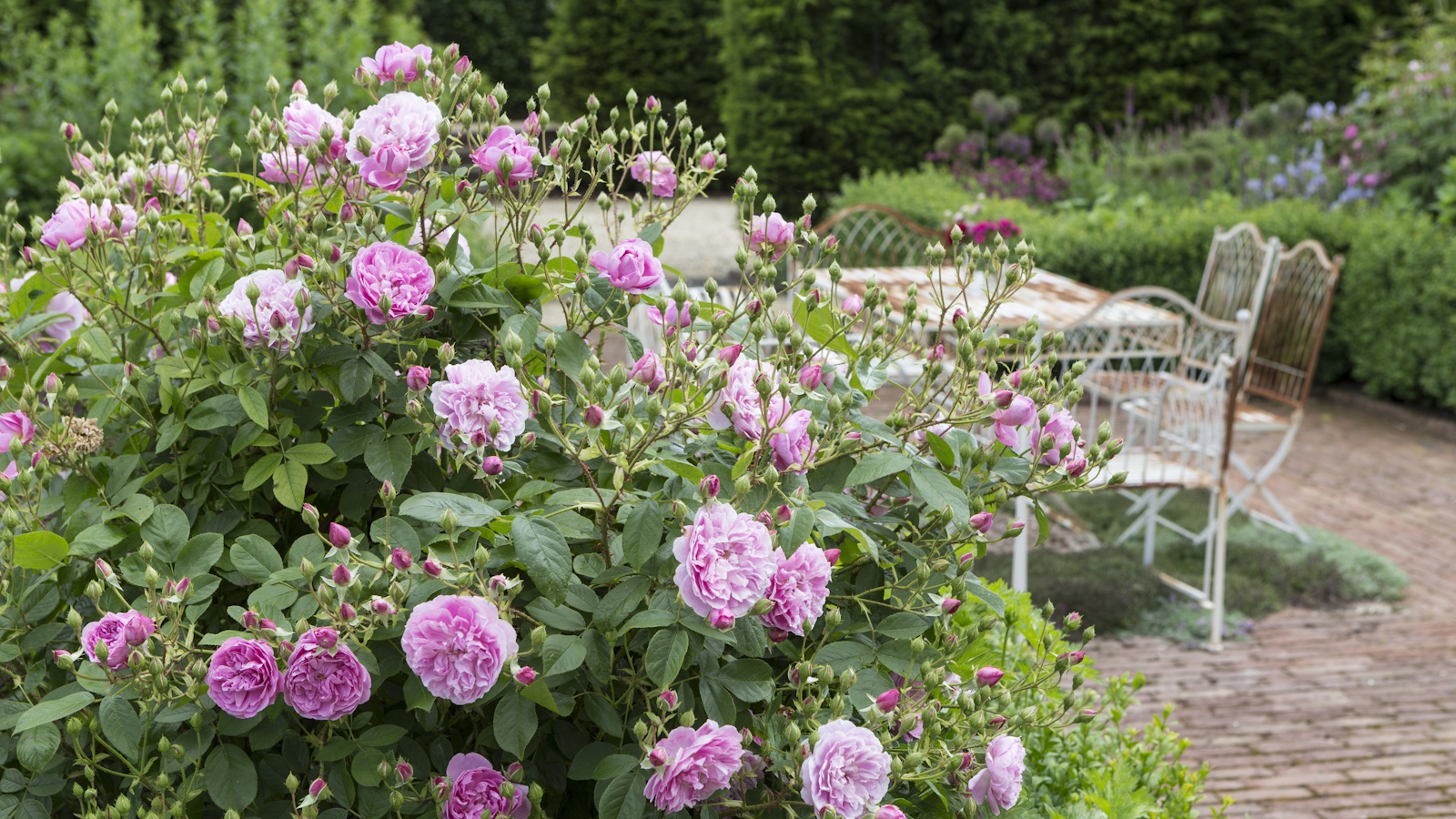 How to weed a garden quickly – professional gardeners reveal the five-minute weeding jobs to do now and get your yard summer-ready
How to weed a garden quickly – professional gardeners reveal the five-minute weeding jobs to do now and get your yard summer-readyShort on time? These time-efficient tasks will keep on top of problem plants
By Thomas Rutter
-
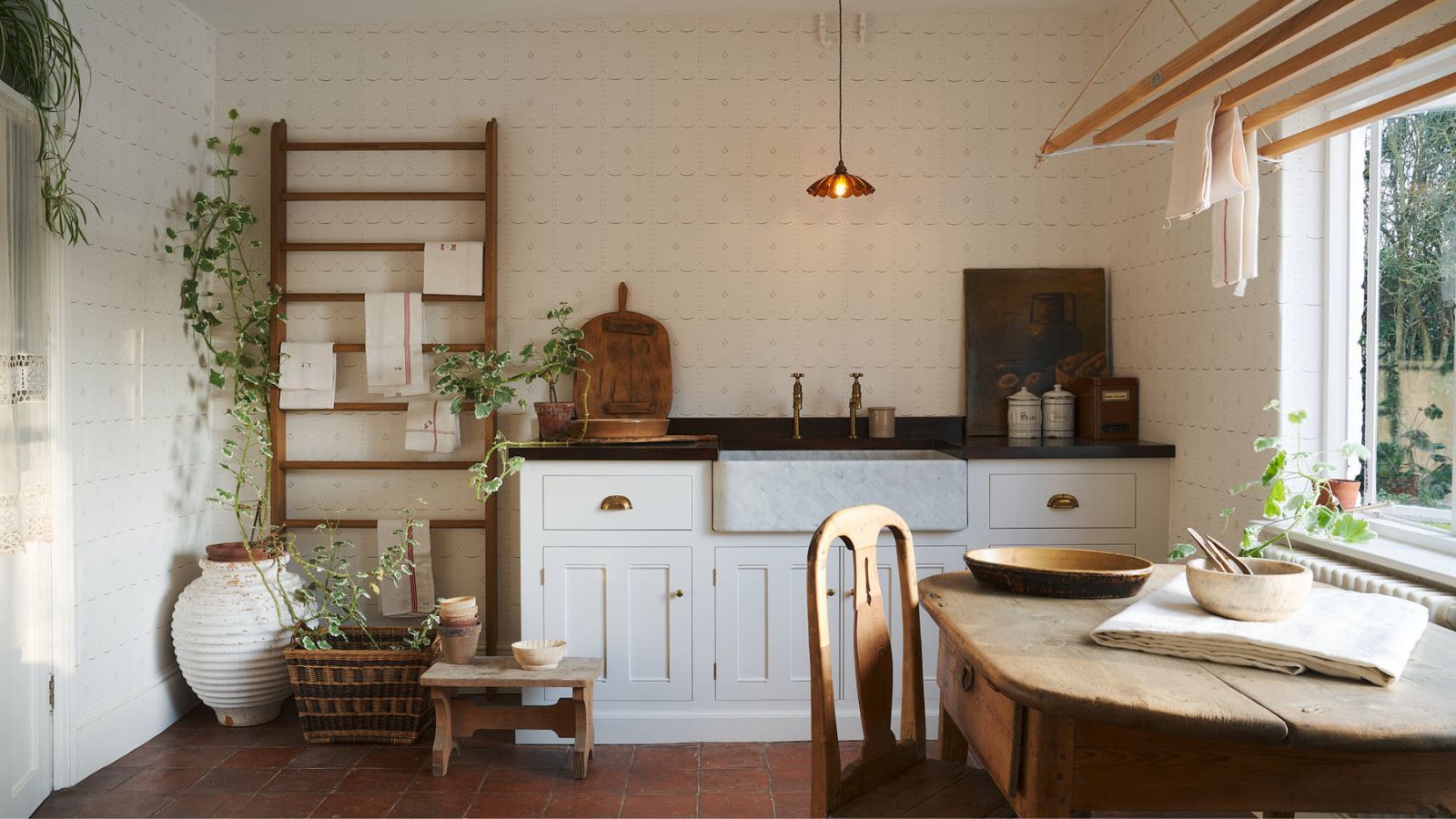 Suddenly, every stylish room has this one simple piece of furniture in common – why designers are loving the versatility of the humble stool
Suddenly, every stylish room has this one simple piece of furniture in common – why designers are loving the versatility of the humble stoolBehold, the humble stool. A welcome addition to any room, stools are a much-loved household essential that interior designers love for these 5 reasons
By Eleanor Richardson
